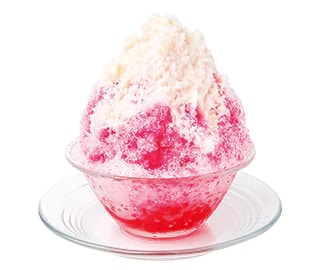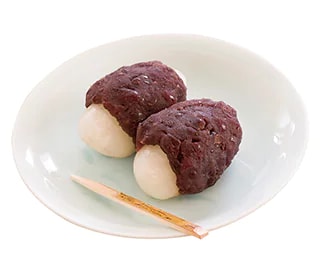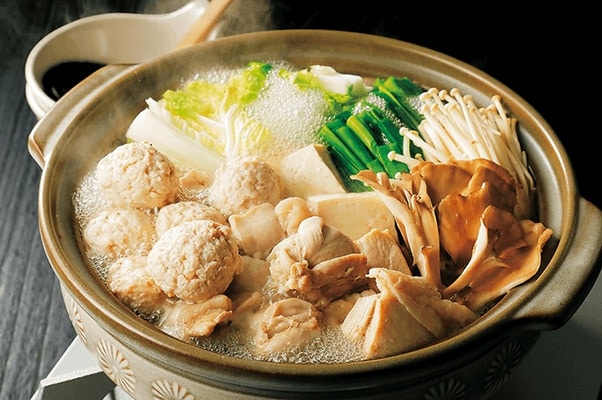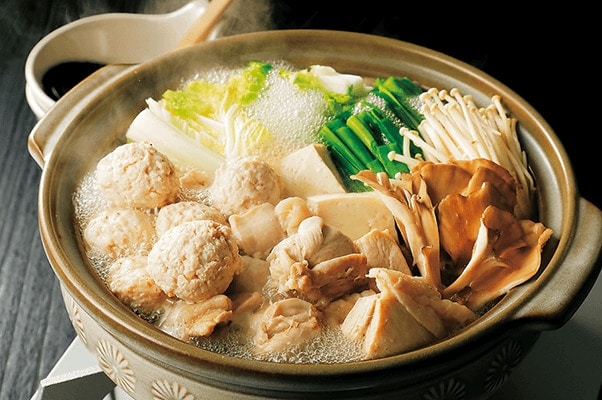
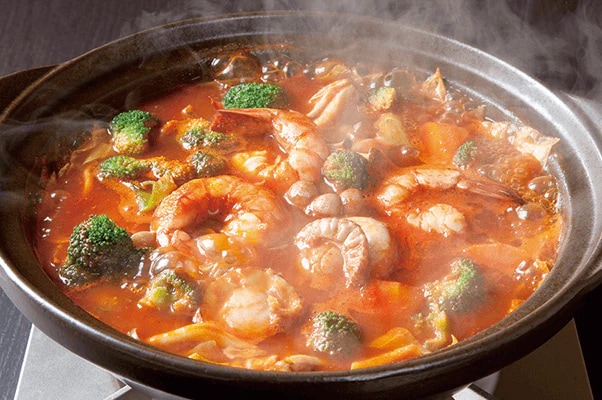
Yose-nabe “combination” hot pot with chicken, meatballs and vegetables; tomato-flavored hot pot with vegetables and seafood.
Japanese hot pot, or nabe, is a warming winter dish whose assorted ingredients may include seasonal vegetables and mushrooms, tofu, meat or fish. These are traditionally cooked in dashi stock seasoned with soy sauce or miso. Easy to make and nutritious, family and friends typically gather around a simmering pot of nabe placed at the center of the table. Diners add ingredients to the flavored soup in the pot and select what to eat as they cook, sharing food and enjoying lively conversation. As a communal dish, nabe is served at home and in restaurants as a casual meal, as well as on special occasions or at parties. “Hot pot for one” has recently grown popular, where individuals choose their preferred nabe—a trend that has inspired single-serve nabe restaurants and convenient one-person hot pot sets.
Nabe-style cooking on the table stems from the early seventeenth century, when portable earthenware cooking stoves appeared, thus enabling diners to cook and eat on their own. These days, just about any favorite ingredient can be added to a nabe, and so the dish can vary considerably. Numerous nabe recipe books and websites offer up myriad ideas for personalized preparations and recipes.
Any favorite ingredient can be added to nabe
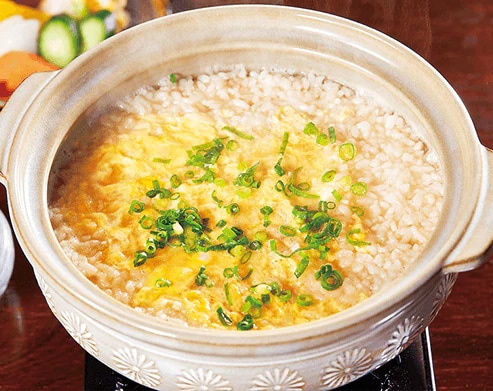
After all the ingredients are eaten, it is customary to add cooked rice or udon noodles to the remaining soup with its rich condensed umami, thus reflecting the Japanese custom of ending a meal with the staple food of rice. This final touch is called shime, loosely translated as “finish up the meal.” One classic shime is zosui rice porridge, made by adding cooked rice and beaten egg to the soup.
There is an extensive variety of soup flavors nowadays, like soy milk and curry, allowing those with an adventurous palate to sample a broad range of shime options. Soy milk soup can be transformed into carbonara by adding spaghetti and cheese; tomato-flavored soup might be recast as a risotto with rice and cheese; or adding udon noodles to curry-based soup transforms it into curry udon.

